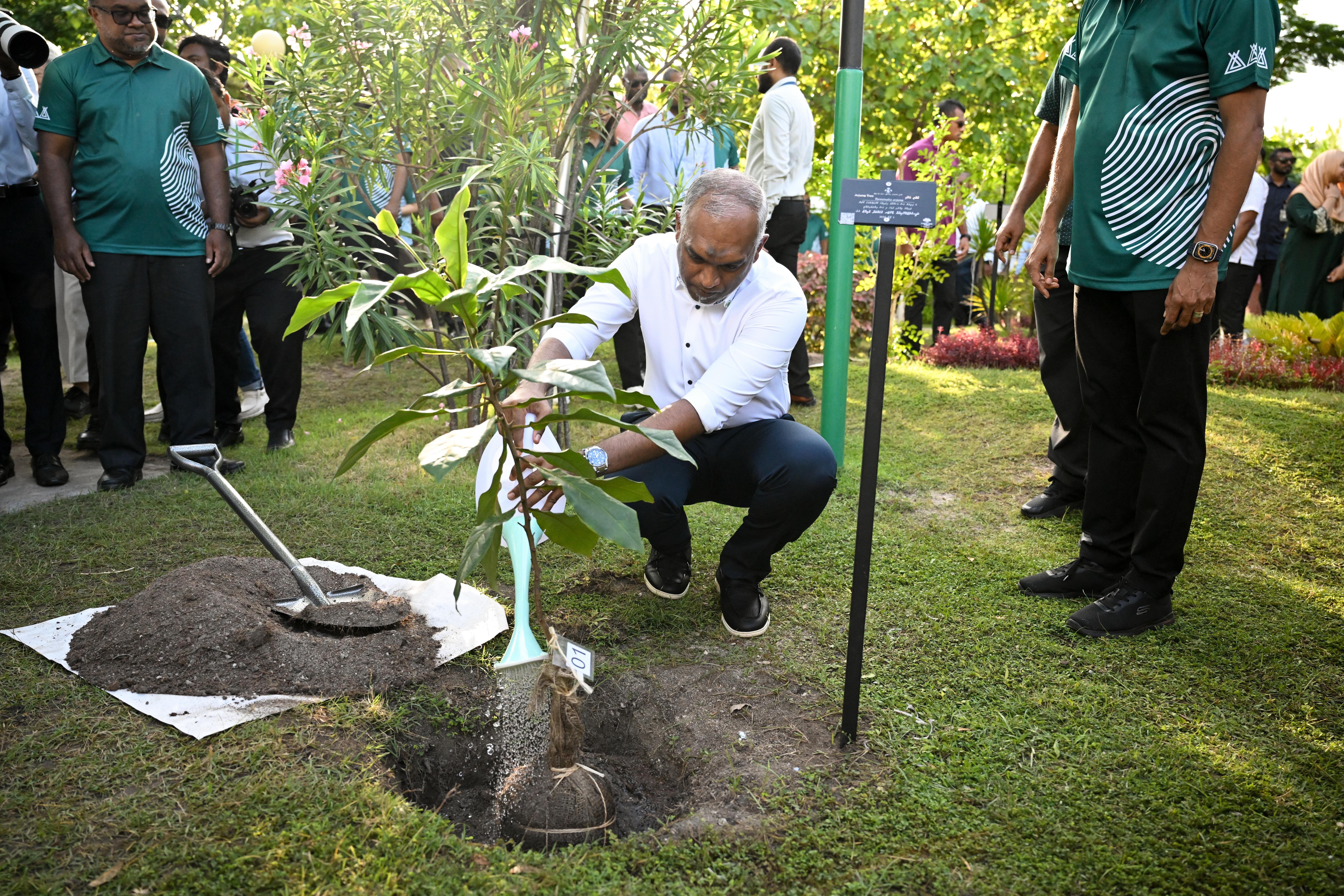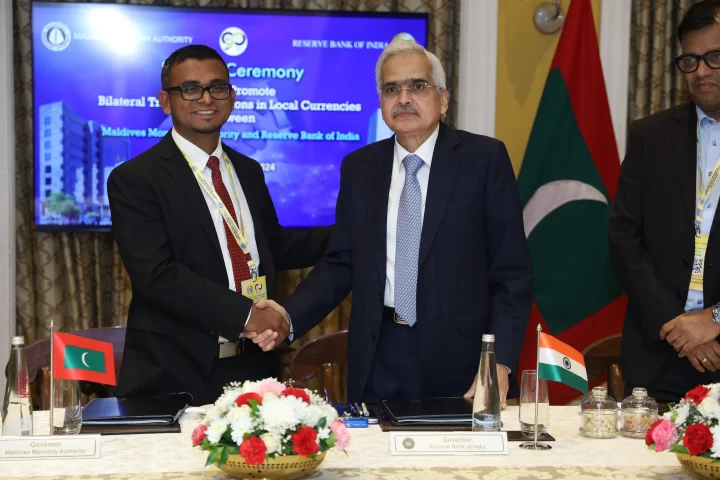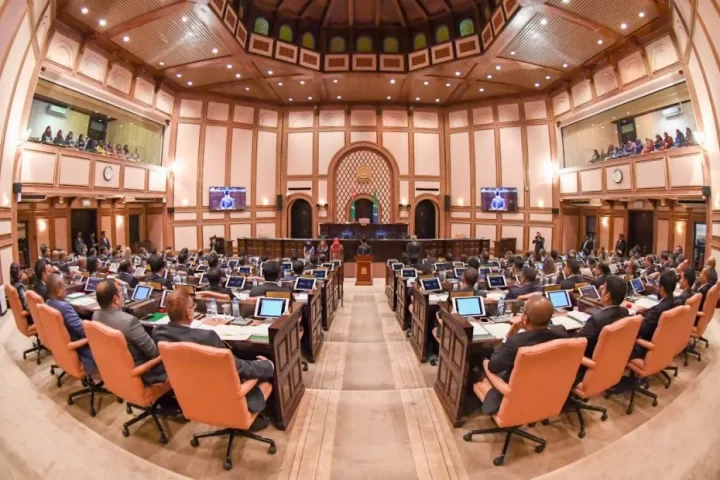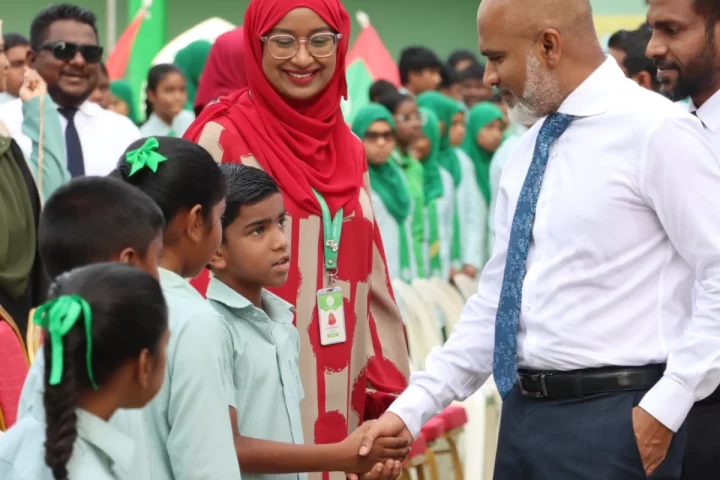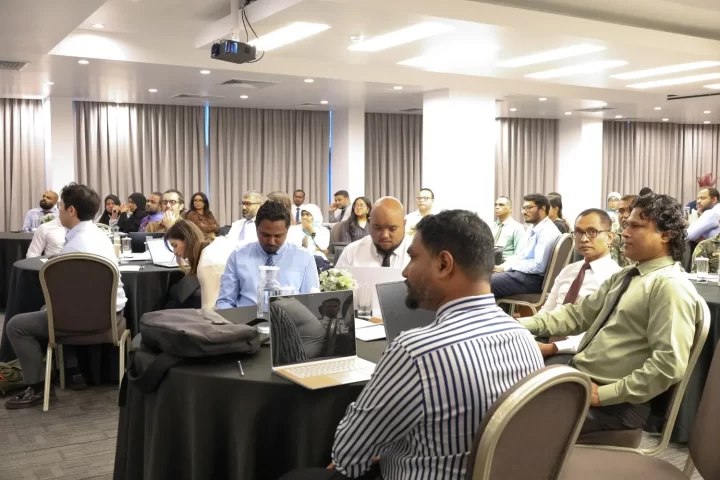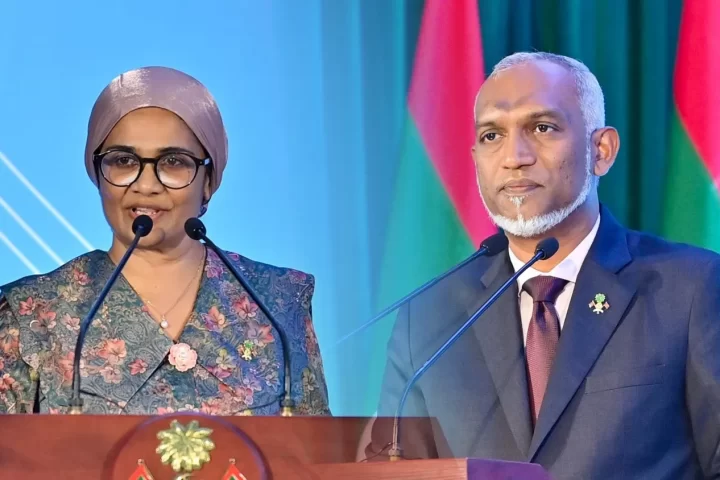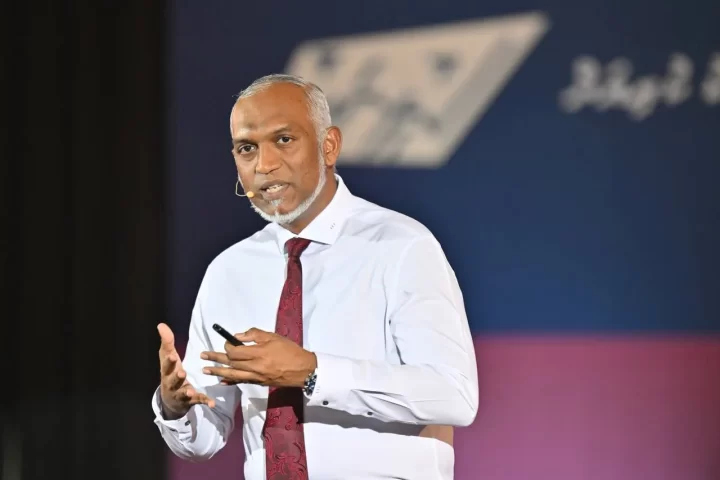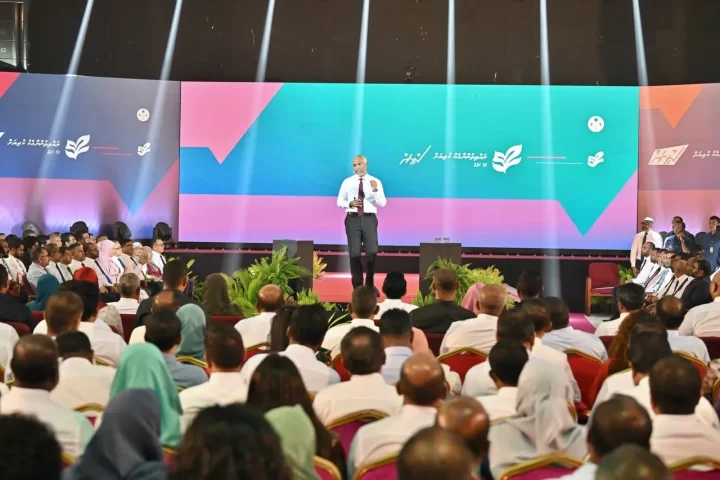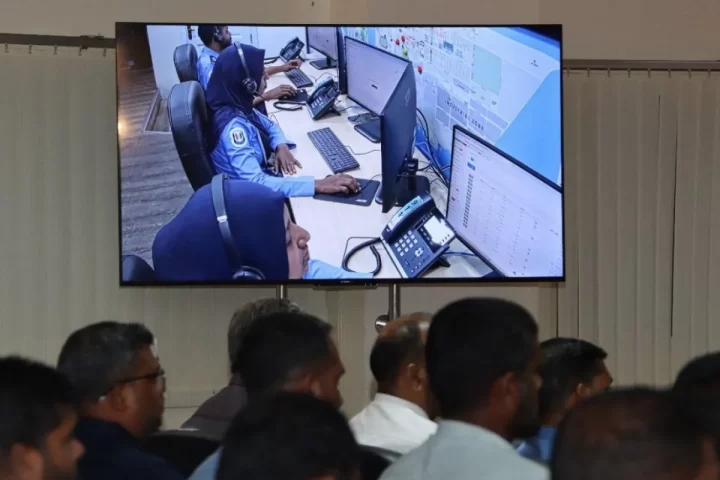MALE, Maldives — The Maldives, in a bold move towards environmental sustainability, has embarked on an ambitious journey to plant 5 million trees. Despite lacking current statistics on its tree cover, the Maldives should draw lessons from South Korea’s renowned Green Belt Movement, which transformed a war-torn, deforested nation into a lush, green landscape.
Learning from South Korea
In South Korea, April 5th is celebrated as Sikmogil or “planting day.” On this day, people are encouraged to plant trees in schools, parks, workplaces, mountains, and villages. Planting has been a key aspect of life in Korea, an agricultural society, with April considered an optimal time for this practice.
Following the Korean War and Japanese colonial rule in the 20th century, Korea’s landscape was bare, as most trees had been cut down for fuel or construction. The nation’s attention to tree planting grew in the aftermath of these dramatic events, leading to the establishment of Sikmogil in 1948.
Today, tree planting in South Korea is crucial not only for preventing natural disasters like floods or landslides but also for reducing carbon dioxide levels and providing clean air.
A Presidential Vision for the Maldives
President Dr. Mohamed Muizzu and First Lady Sajida Mohamed inaugurated the 5 Million Trees Planting Program on World Environment Day 2024. The inaugural ceremony, held at Lonuziyaarai Park, marked a significant presidential pledge announced at COP28. The President underscored the government’s commitment to safeguarding the country’s fragile ecological systems and mitigating the impact of climate change for the benefit of current and future generations.
Learning from Past Challenges
Previous initiatives in the Maldives have often struggled due to a lack of strong government leadership and policy. The administration is now decentralized to island councils, but a lack of robust policies and political will, coupled with inadequate resource allocation, has hindered progress. For effective reforestation and conservation, the Maldives needs a long-term green initiative, with significant roles for both the Ministry of Agriculture and the Local Government Authority (LGA).
Notably, significant palm tree planting efforts in the Maldives can be traced back to past leadership. On December 20, 1995, one million trees were announced on the 27th Republic Day by President Gayoom. The extensive palm tree planting seen today is largely credited to the efforts during the tenures of Farooq Ismail as Minister of Fisheries and Agriculture and Abbas Ibrahim as Minister. Their initiatives laid the foundation for understanding the importance of introducing new breeds of palm trees and maintaining fresh vegetation cover. However, these efforts waned due to a lack of consistent leadership following their tenures.
TruthMV Interview with Local Government and Public Works Minister Adam Shareef
Speaking to TruthMV, Local Government and Public Works Minister Adam Shareef has emphasized the government’s clear policy and vision regarding the implementation of the president’s ambitious tree-planting initiative in the islands. Minister Shareef stated, “The bulk of the work will be carried out by island councils, with the Environment Ministry at the forefront, spearheading the initiative.”
He elaborated on the division of responsibilities, noting, “The Environment Ministry will inform the councils about the plants the government wants under the program to be planted. It’s up to the councils to carry out the planting according to their plans and available space.”
Addressing concerns about transparency and public access to information regarding the initiative’s progress, Minister Shareef assured, “The Environment Ministry will establish a portal to collect data, ensuring that information remains up-to-date. Work on the portal is currently underway.” He added, “Similarly, my ministry will also collect the same information and monitor it through designated bureaus for each atoll.”
Minister Shareef’s remarks underscore the government’s commitment to effective implementation, transparency, and accountability in realizing the ambitious tree-planting program across the islands.
Community Involvement: A Key Lesson from South Korea
South Korea’s success hinged on strong community involvement. The Maldives can emulate this by starting programs that engage local communities, schools, and organizations in tree-planting activities. This approach not only increases the number of trees planted but also instills a sense of ownership and responsibility towards the environment.
Sustainable Practices and Protection
Sustainable practices and protection of vegetation are areas where the Maldives needs improvement. For instance, beachfront pioneer zone shrubs and vines like sea lettuce (Magoo) and beach morning glory or goat’s foot vine (Thanburu) are vital plants that stabilize sand and prevent erosion. However, without sustainable management, these plants are often harvested unsustainably.
The coastal forests or scrublands, where canopies of screw pine trees (Kashikeyo), coke wood trees (Dhunburi), and coastal hibiscus (Dhihgaa) once thrived, are now becoming rare. The government, in collaboration with island councils, should monitor deforestation and protect coastal forest areas. With increasing beachfront development on the islands, these crucial vegetative covers are at risk of disappearing, depriving future generations of their benefits.
Educational Campaigns and Public Awareness
Educational campaigns play a pivotal role in sustaining tree-planting initiatives. The Ministry of Education must collaborate to raise awareness about the ecological and economic benefits of trees. South Korea’s success was significantly bolstered by public awareness, a strategy the Maldives can replicate.
Robust Monitoring and Data Collection
Developing robust monitoring and data collection systems is essential for tracking the success of the tree-planting initiative. Transparency from government agencies in providing information to the media and public is crucial. Currently, there is no accurate count of the trees in the Maldives, highlighting the need for comprehensive data collection.
Preserving Local Lessons
Within the Maldives, lessons can also be learned from places like Addu Vilingili island, where the only tropical jungle in the Maldives is preserved, complete with elevated walkways for visitors to enjoy the canopy.
A Green Future
The Maldives’ ambitious plan to plant 5 million trees is more than an environmental initiative; it is a movement towards sustainability and resilience. By drawing inspiration from South Korea’s Green Belt Movement, the Maldives is poised to transform its landscapes, benefiting both nature and future generations.
